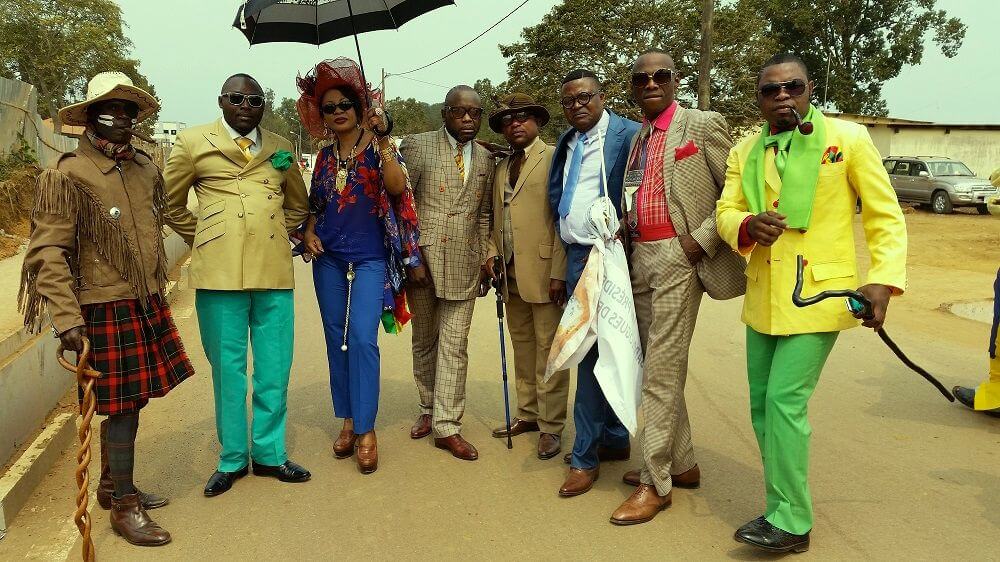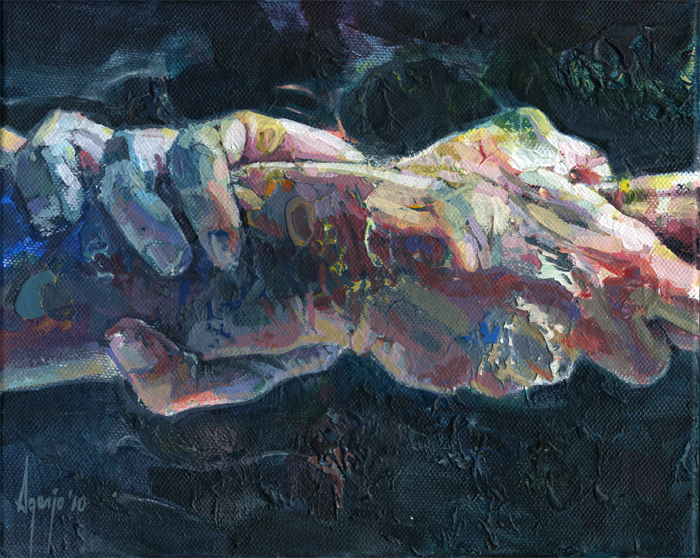Africa often conjures images of poverty, disease, and corruption, but beneath these stereotypes lies a continent adorned with beauty.
Unfortunately, external influences have brought Africa to its knees, leaving behind immense injustice that continues to be felt today. Amidst these setbacks, there have always been individuals who believe in the good and unite to confront these injustices. One such group is the Sapeurs, a civil rights movement that emerged in Brazzaville, the capital of Congo, during the 1960s. The Sapeurs demonstrated that they were not troublemakers, but individuals exploited and disadvantaged by their own state.
The Betrayal of Patrice Lumumba:
Joseph Mobuto’s rise to power through a coup d’état in September 1960, which removed Patrice Lumumba and Joseph Kasavubu from their positions, marked a significant turning point. Despite Kasavubu’s reinstatement, Mobuto retained leadership of the army and nurtured an insatiable appetite for power. Another coup d’état followed, toppling the sitting president and making Mobuto the most powerful figure in Zaire (Congo) from 1971 to 1997. This bloodless transition to power resulted in the prohibition of all political activities. Mobuto’s betrayal extended to the surrender of Lumumba to the United States, leveraging Congo’s rich resources, such as uranium, gold, copper, cobalt, rubber, and palm oil, to secure his position. Lumumba’s demise served the interests of both Mobuto and Western powers seeking control over Congo’s valuable resources.

The Intention of the Sapeurs:
Amidst the turmoil, the Sapeurs chose a non-violent and expressive form of resistance — their distinctive style of dress. Influenced by Papa Wemba, an African artist, the Sapeurs embraced fashionable elegance as a means of empowerment. Their formal attire defied social status expectations, reminiscent of the classic Dandy or Gentleman look. However, the Sapeurs infused their style with vibrant colors, creating an impact on both their self-perception and the perception of others.
The Foundation of the Sapeurs:
The foundation for this subculture was laid in the 1920s by Grenard André Matsoua, who had spent an extended period in Europe. When he returned to his home country, his European-style suit distinguished him from those around him, exuding a unique aura. The Sapeurs’ philosophy reflects their ability to make the best of their life situations, finding resilience even in the face of betrayal by Mobuto. Through their impeccable outfits, they offer encouragement to those around them, bridging the gap between their appearance and their environment.


After all Africa, often viewed as a product of Western exploitation, has witnessed its share of pain, sadness, and anger. However, amidst these challenges, individuals like the Sapeurs rise above, standing up for what they hold dear. They demonstrate that embracing one’s true self and making the best of life’s circumstances can inspire resilience and encourage others to follow suit. As we reflect on the Sapeurs’ story, we realize that we are all products of our environments, yet we have the power to shape our own narratives and overcome adversity with elegance and determination.




























